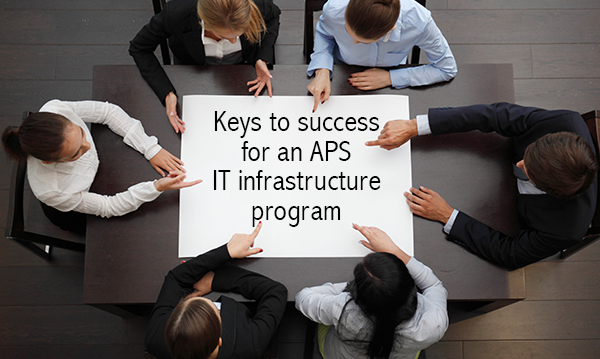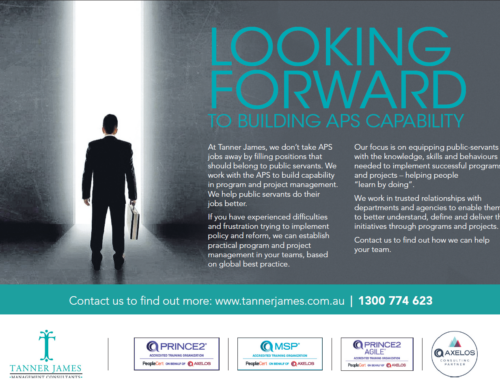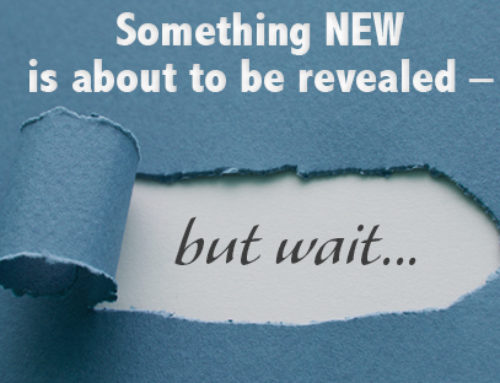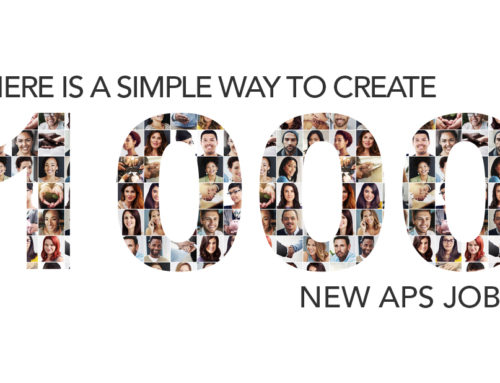I think consulting companies can sometimes gloss up their successes and ignore their more frustrating experiences. Certainly, being a consultant who cares about the outcome can be testing sometimes as it’s not always possible to connect and communicate the keys to success. Or if you do connect with one part of the organisation, there can be other Executives who for one reason or another have pre-conceived ideas.
Some of the common things I’d been hearing this year included:
- Yeah, yeah, we’ve already got a Project Board (It’s got 20 people and it meets for half a day every month … um, that’s called a ‘committee’)
- We follow the principles of MSP (Oh really? Can you name them?)
- PRINCE2 is just a bunch of templates (PRINCE2 doesn’t have templates!)
I’ve spent a lot of time trying to understand these resistance points and ways of managing those, but it really was becoming very frustrating in recent months.
And so, it was very heartening and timely to receive an email from a client in a major government IT infrastructure program just after the end of the financial year telling me that they had arrived at their destination ‘intact and with success for all their projects’. He told me that they had realised on reflection just how important some of the approaches we jointly implemented were to that success.
The good news was exactly what I needed in a trying 2020 and it had certainly been a pleasure working in that area setting up their program for about six months, some years earlier.
Here are my reflections on what succeeded with that client:
- They had an open-minded Executive (in the plural sense) who ‘sought first to understand’
- We agreed to use real project boards with Project Executives, Senior Suppliers (mostly the key IT people for each project) and real Senior Users
- To address Executive concerns of ‘too many committees’ we reduced the frequency of those meetings to ‘Stage Boundaries and when they need to’ (pretty much what PRINCE2 says)
- We time-capped meetings to 30 minutes against a clear decision-focused agenda. If meetings needed to go longer, that would drive an active decision to do so
- We limited the number of people in those meetings. (Typically, three to five board members and one Project Manager would attend.)
- We established a small, strong Program Board to give the top-level direction, but it stayed largely out of the Project matters. Instead it focused on Benefits and Blueprint.
- They had simple product-based plans rather than complex templated schedules
- They established solid reporting routines based directly on those plans
- The encapsulated some agile approaches in their routines without going beyond their capabilities or culture limits.
They saw this as PRINCE2-Light. It wasn’t. It was simply ‘PRINCE2 Sensible’! This is the way PRINCE2 is meant to be done.
The standout for me on this client, as was the case on another recent success, was that the implementation started with a series of Executive Briefings and open forums where people could express their concerns and devise real solutions. I don’t recall any time being spent building templates!






Leave A Comment